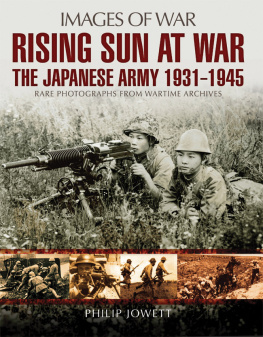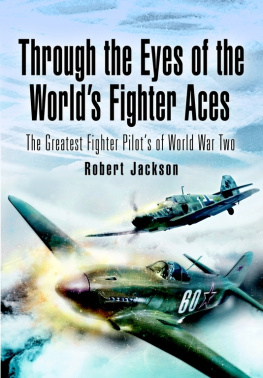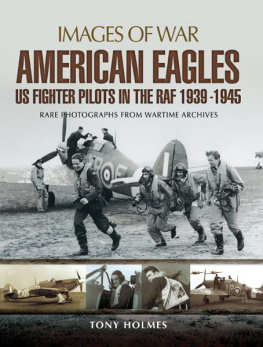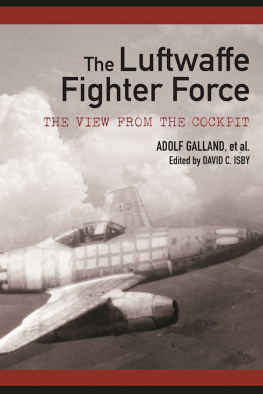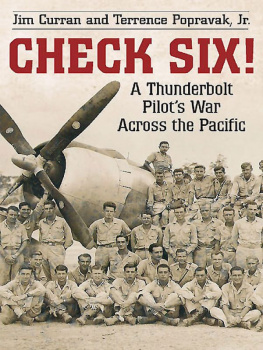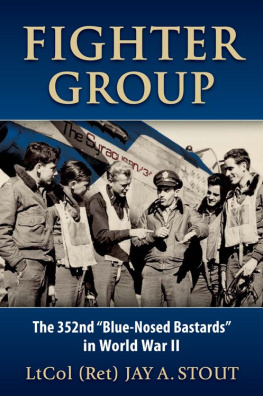Published by
Grub Street
The Basement
10 Chivalry Road
London SW11 1HT
Copyright 2002 Grub Street, London
Text copyright 2002 Ikuhiko Hata, Yasuho Izawa and Christopher Shores
British Library Cataloguing in Publication Data
Hata, Ikuhiko, 1932
Japanese Army Air Force fighter units and their aces, 1931-1945
1. Japan. Nihon Rikugun Kokubutai History
2. World War, 1939-1945 Aerial Operations, Japanese
I. Title II. Izawa, Yasuho, 1943- III. Shores, Christopher, 1937
940.541352
ISBN 1 902304 89 6
PRINT ISBN: 9781902304892
EPUB ISBN: 9781909166288
All rights reserved. No part of this publication may be reproduced,
stored in a retrieval system, or transmitted in any form or by any
means, electronic, mechanical, photocopying, recording, or otherwise,
without the prior permission of the copyright owner.
Typeset by Pearl Graphics, Hemel Hempstead
Printed and bound in Great Britain by
Biddles Ltd, Guildford and Kings Lynn
CONTENTS
INTRODUCTION
Back in the 1970s my friend and co-author, Dr Yasuho Izawa, sent to me copies of the books which he and Professor Ikuhiko Hata had written regarding the units and aces of the Imperial Japanese Navy and Army Air Forces. I was deeply impressed by these works, and hoped that one day they would be translated into the English language. Clearly they would be of great assistance in allowing enthusiasts and historians in the Western World to gain a greater understanding and wider perspective of the other side in the Pacific air war.
I was therefore delighted when in 1989 the United States Naval Institute published the volume dealing with the Navy units and pilots in the USA. I am bound to say however, that whilst welcoming this volume, I think many readers, in company with myself, found the very literal translation from the Japanese rather difficult to digest in places. Further, the book lacked an initial section covering the overall historical background, such as has now been included in this volume.
Because it is the policy of the Naval Institute to publish books only on Naval and Naval Aviation subjects, the companion volume dealing with the Army units and personnel was not destined to follow.
My pleasure and anticipation was therefore considerable when Yasuho Izawa asked me to put into contemporary English this current volume, to which he and Professor Hata had added the all-important section setting out the background to the whole subject, to which I have referred above. In undertaking this work I have instituted one rule to which I try to comply in my own works. Many years of research by numerous serious and painstaking historians and researchers, has indicated that in the majority of cases where aerial combat has occurred and particularly where numbers of aircraft were involved the results claimed were rarely represented to the full by the actual losses suffered.
Air combat seems to be endemically fraught with possibilities for overclaiming, although it must be made clear that this is no reflection on the pilots themselves in the majority of cases. Claims generally were submitted in good faith, but by aggressive, optimistic young men who desperately wanted to believe what they thought they were seeing.
It has been shown on several occasions during the Battle of Britain, for instance, that four, five, six, or even eight pilots made attacks on the same aircraft, each believing implicitly that they alone had been responsible for its ultimate demise.
I believe therefore, and have done for many years, that it is inaccurate, careless and incorrect to state that such-and-such a pilot shot down an aircraft on a particular date, or a specific number of aircraft in total, unless this can be proved beyond any reasonable doubt from contemporary records or subsequent investigation. It is even more important for any serious historian to avoid journalistic and emotive phrases such as he sent his opponent blazing into the sea or crashing to the ground without such irrefutable proof, however attractive and exciting it may make the relevant book or article appear.
The truth is that the pilot or unit involved claimed to have achieved certain results, and I consider that this is the appropriate terminology to employ. Consequently, I have endeavoured to use words such as claimed and credited with wherever possible. And to avoid apparent statements of fact where I am aware that these cannot be substantiated beyond question.
I believe that all those interested in aerial warfare, and in the wars in the Far East in particular (including those in China and Mongolia, prior to December 1941) will find this book to be of the greatest interest and usefulness. Personally, I am proud to have been associated with it.
The training of Japanese fighter pilots before the wars in which they were to become involved, was thorough, and the discipline extremely harsh, both in the Army and Navy Air Forces.
Rivalry between the two forces was pronounced, and there was to be little interservice co-operation and no joint procurment of equipment and aircraft, despite the use by both services of the same major manufacturers of aircraft. Only in the case of aero engines was there to be any duplication of acquisition.
As with the Navy, when war broke out in each of the three theatres in which the Army was to to involved China, Nomonhan, and the Pacific War the aircraft with which the Japanese forces were equipped were a match in most respects for the best that they were to face, and in some respects were better. By and large their pilots were better trained, and to a growing extent enjoyed the benefits of previous operational experience. Coupled with the advantages offered by the opportunity to concentrate strength as required and at critical points, and the far shorter lines of communication and supply enjoyed, it is not surprising in retrospect that the Japanese fighter pilots swept away all opposition before them.
During the Nomonhan Incident, the vast industrial power and huge human resources of the Soviet Union eventually began to predominate however. Following great initial success, the increasingly outnumbered pilots of the JAAF were steadily worn down by exhaustion and the ever-growing numbers that they faced. Whilst many of the pilots who were to play an important part in the Pacific War, gained their early experience here, the loss of unit and element leaders, and of a large proportion of the top-scoring pilots, denied the Army an important and influential cadre of elite flyers when war with the Western nations broke out some 27 months later.
Throughout the Pacific War, the manoeuvrability and climbing performance of Japanese fighter aircraft, coupled with the aggressive spirit and dedication of their pilots particularly those with experience rendered them extremely dangerous opponents in any combat situation that was not entirely of the Allied pilots chosing to maximise the advantages of their own aircraft.
Increasingly however, as better and higher-performing Allied aircraft appeared at the front, Japanese fighter technology struggled to keep up. Largely, this was not due to any failure of airframe design, for later products such as the Kawasaki Ki 61 and Nakajima Ki 84, and particularly, the Kawasaki Ki 100, were the equal of any. It was in the production and reliability of aero engines of greater power that the Japanese aircraft industry was to be hampered, and eventually shackled, to a very considerable degree.
Coupled with this, the demands of total war on the home economy created pressures and shortages which became increasingly difficult to overcome. The less-publicized elements of the US war effort in the Pacific, notably the submarine campaign and the laying of mines, greatly constrained Japanese industry, dependant as it was on the import of vital raw materials from the occupied territories. These problems were greatly exacerbated when the massive raids on the Japanese islands by the B-29 force got fully underway.
Next page
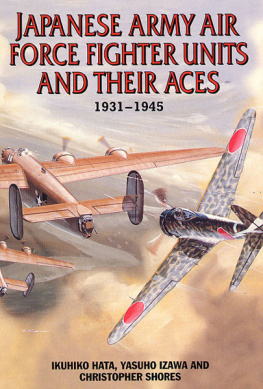
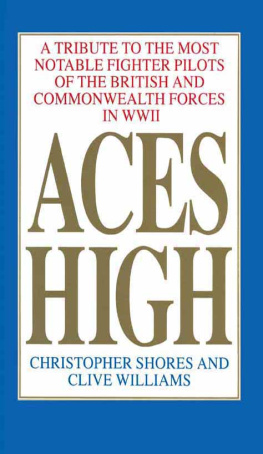
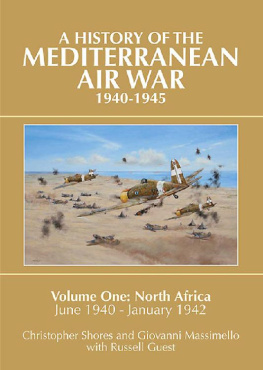
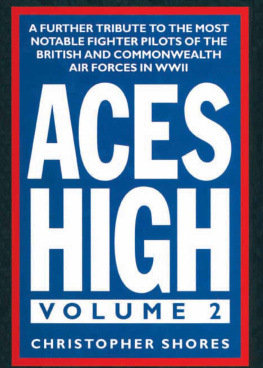
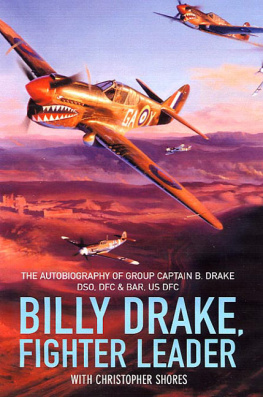
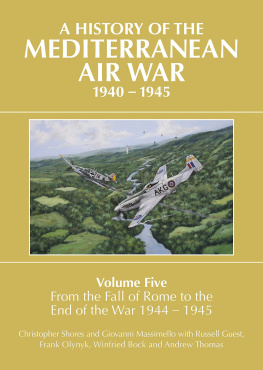

![Haselden Mark - Buffaloes over Singapore: [RAF, RAAF, RNZAF and Dutch Brewster fighters in action over Malaya and the East Indies 1941-42]](/uploads/posts/book/212345/thumbs/haselden-mark-buffaloes-over-singapore-raf.jpg)
